1827 Charter approved
1828 Official start of construction on July 4
1830 Scheduled service begins, Baltimore-Ellicotts Mills, May 24
1831 Service begins to Frederick, Md.
1832 Service begins to Point of Rocks, Md.
1835 Service begins on Relay-Washington branch, construction having begun in 1833
1837 Potomac River bridged at Harper’s Ferry, Va., to connect with Winchester & Potomac
1842 B&O completed to Cumberland, Md.
1849 Locust Point branch completed in Baltimore
1851 Marietta & Cincinnati is created from previously chartered Belpre & Cincinnati and Franklin & Ohio
1852 B&O reaches Ohio River at Wheeling, Va., 379 miles from Baltimore
1857 M&C opens to Cincinnati
1857 Northwestern Virginia (chartered in 1851, leased to B&O in 1856), opened to Parkersburg, Va., second Ohio River port for B&O system
1857 Ohio & Mississippi, built to 6-foot gauge, completed from Cincinnati to East St. Louis
1857 Camden Station opens in Baltimore
1861-65 B&O plays key role in Civil War, suffering major damage
1866 B&O leases Central Ohio (Bellaire, Ohio, on Ohio River, to Columbus, chartered in 1847, finished in 1854), builds bridge between Benwood, W.Va., and Bellaire, completed in 1871, changed CO’s 4’10” gauge to standard
1867 B&O leases Winchester & Potomac, 22 miles from Winchester, Va., to Harper’s Ferry, W.Va.
1869 B&O’s Central Ohio leases Sandusky, Newark & Mansfield, built as 5’4″ gauge, realigned to Ohio gauge of 4’10”
1870 B&O leases newly completed Winchester & Strasburg, 19 miles, in Virginia
1871 Pittsburgh & Connellsville, completed between those points at start of Civil War, completed, as the Pittsburgh, Washington & Baltimore, and finished to Cumberland
1871 B&O takes control of Hempfield Railroad between Wheeling and Washington, Pa., renames it Wheeling, Pittsburgh & Baltimore.
1871 Ohio & Mississippi, which includes branches from North Vernon, Ind., to Louisville, Ky.; and Flora, Ill., south to Shawneetown on Mississippi River and north to Beardstown on Illinois River, is standard-gauged
1873 B&O completes first 90 miles of Chicago extension from Chicago Jct. (later called Willard), west to Deshler (PRR had Pittsburgh, Ft. Wayne & Chicago from 1858)
1873 B&O completes Metropolitan Branch, begun in 1866, from Washington, D.C., to Point of Rocks, Md. B&O soon proclaims itself “the Capitol Route.”
1873 B&O takes control of Virginia Midland, 50 miles, Strasburg to Harrisonburg, Va.
1875 B&O reaches Chicago
1877 Widespread railroad labor riots begin on B&O
1882 B&O takes control of Marietta & Cincinnati, reorganizes it as Cincinnati, Washington & Baltimore
1883 B&O completes Wheeling-Pittsburgh route by acquiring narrow-gauge Pittsburgh Southern between Washington, Pa., and Pittsburgh, rebuilds it to standard gauge; PS renamed Baltimore & Ohio Short Line in 1885, merged into the WL&B in 1887
1884 B&O buys controlling interest in Pittsburgh & Western
1889 CW&B, Belpre to Cincinnati, renamed Baltimore & Ohio Southwestern
1890 B&O gains control of Valley Railway, 75 miles, dating from 1871 and completed in 1882, Cleveland-Akron-Canton-Valley Jct., Ohio
1890 B&O leases West Virginia & Pittsburgh, a branch south from Clarksburg into coal country to Weston, thence splitting for Pickens and Richwood
1890 B&O absorbs Columbus & Cincinnati Midland, completed in 1885, 70 miles from capital to Midland City to meet M&C
1891 B&O links Akron, Ohio, with its Chicago line, builds 73-mile Akron & Chicago Junction Railroad
1893 B&O acquires ally Ohio & Mississippi
1893 B&O builds exhibit “The World’s Rail Way” at World’s Columbian Exposition, Chicago
1895 B&O consolidates Cleveland terminal facilities with Valley Railroad to form Cleveland Terminal & Valley Railroad, operated separately until 1915
1895 Howard Street tunnel electrification opens in Baltimore, first on a railroad main line
1900 B&O merges Ohio & Mississippi into B&O Southwestern
1900 B&O tests Adams Windsplitter train, an early streamliner, between Washington and Baltimore
1904 First U.S. Mallet: B&O 0-6-6-0 2400
1909 B&O has arranged to take over Cincinnati, Hamilton & Dayton, which reached 1000 miles in 1915 but had been reduced to 400 miles by the time B&O finally absorbed it in 1917; CH&D reorganized as Toledo & Cincinnati
1912 B&O purchases West Virginia & Pittsburgh
1917 B&O acquires Coal & Coke Railroad, Elkins-Charleston, W.Va.
1918 B&O 2-8-2 4500, first of 1856 U.S. Railroad Administration locomotives delivered to U.S. railroads
1926 B&O buys Cincinnati, Indianapolis & Western, formerly part of the CH&D, Hamilton, Ohio-Springfield, Ill.
1927 B&O buys Rockefeller’s share of Western Maryland, giving it 43% control
1927 B&O marks its 100th birthday with the Fair of the Iron Horse pageant at Halethorpe, Md.
1929 B&P buys Chicago & Alton at foreclosure, reorganizes it as Alton Railroad in 1931 (B&O kept the Alton until 1942)
1932 B&O buys Buffalo & Susquehanna, north from Du Bois, Pa., and Buffalo, Rochester & Pittsburgh
1935 B&O 50, EMC box-cab diesel, U.S.’s first high-speed, independent-unit diesel locomotive, enters service on Royal Blue, first streamlined train in the East
1937 EMC EA 51, first of 1314 Electro-Motive E units (“E” stands for eighteen hundred h.p.)
1953 B&O Transportation Museum opens, first major U.S. rail museum
1962 ICC authorizes C&O control of B&O
Early 1964 C&O owns 90 percent of B&O stock
1973 B&O, C&O, and WM become subsidiaries of new Chessie System, June 15
1987 B&O merged into C&O on April 30; four months later, C&O merged into CSX Transportation





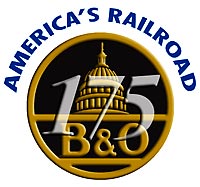


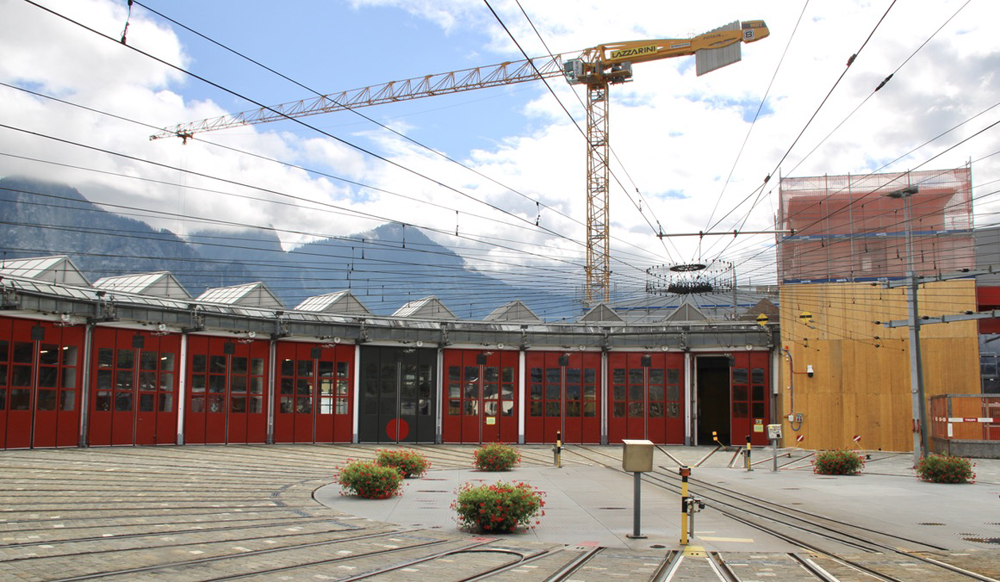
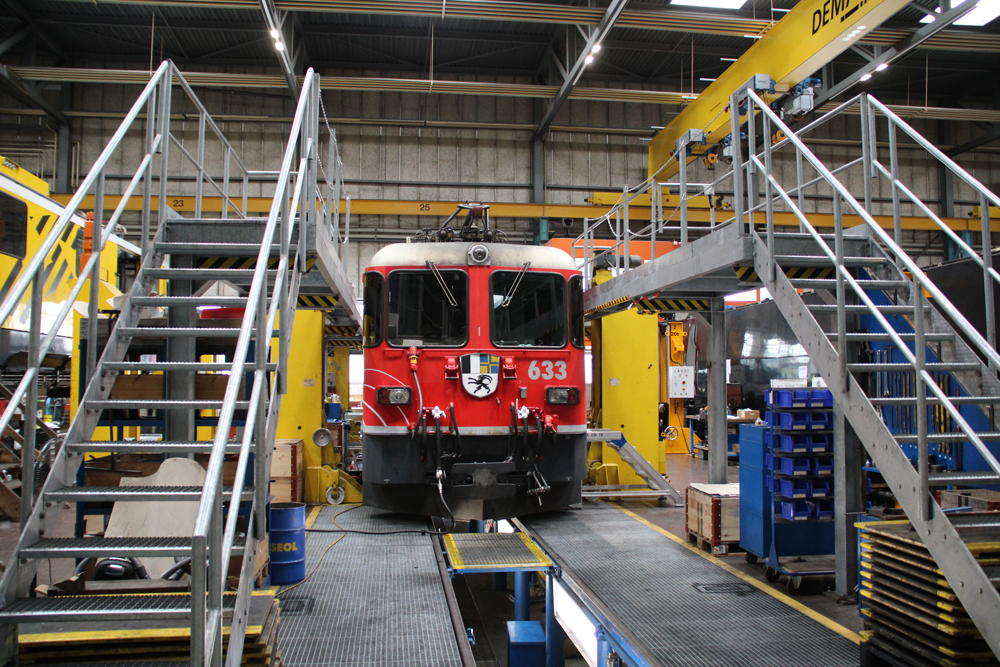
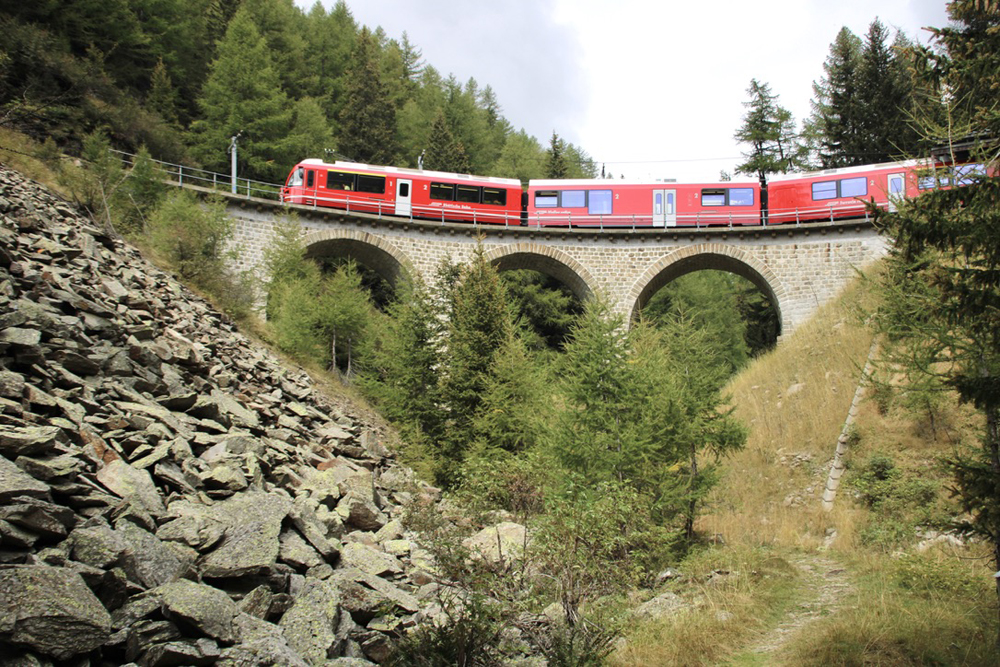
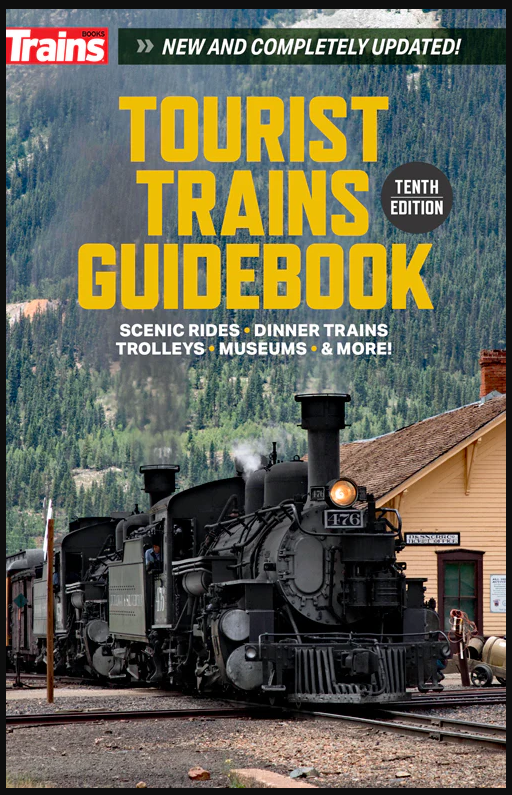

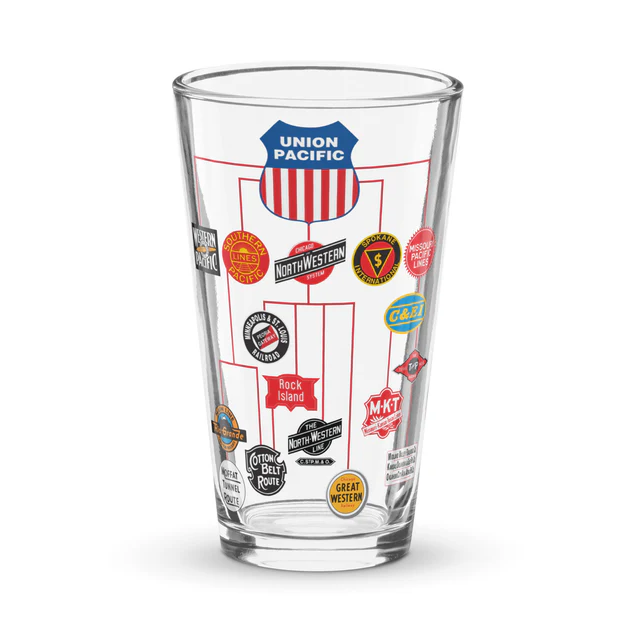
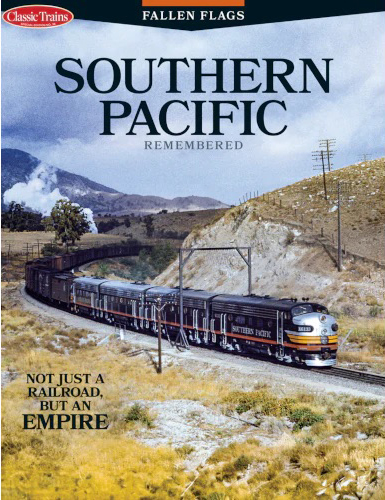
Timeline omits construction in the 1880’s of B&O’s “Royal Blue” route to Phila. and (via RDG & CNJ) New York. Why?